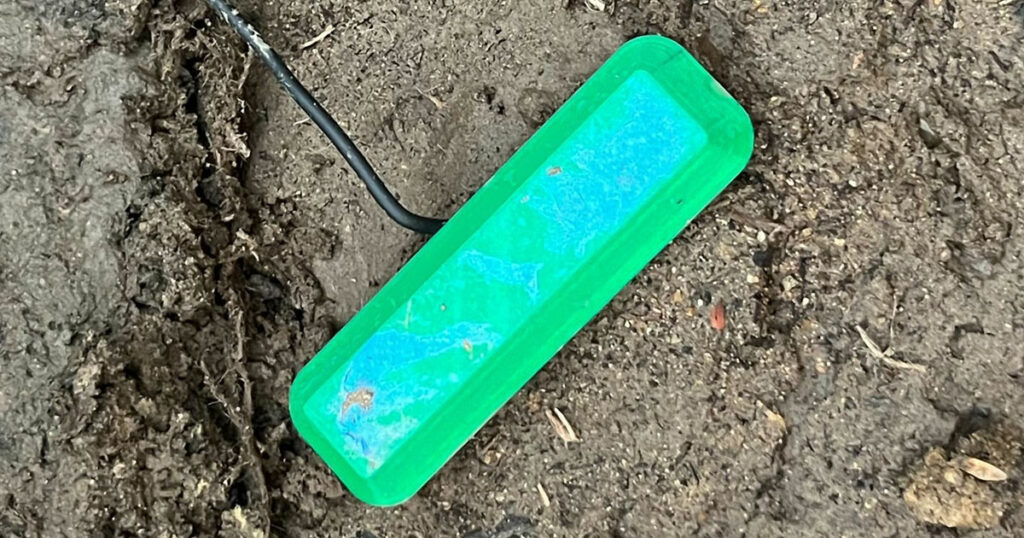Soil-Powered Fuel Cell: Scientists Claim It Can ‘Run Forever’
A group out of Northwestern University in Illinois has created a soil-powered fuel cell that they say can draw energy from soil-dwelling microorganisms.
The fuel, which is about the size of a book, may be utilized to power subterranean sensors for improved farming and green infrastructure. It may develop into a viable, renewable replacement for batteries made of hazardous, combustible chemicals that seep into the earth when buried. Additionally, the resources needed to make batteries are added to the waste generated by electronics.

The soil-powered fuel cell was tested by the researchers by powering touch and soil moisture sensors. The results were reported in the Proceedings of the Association for Computing Machinery on Interactive, Mobile, Wearable, and Ubiquitous Technologies. One can track passing animals using the former capacity. Also relay data to a neighboring base station by reflecting pre-existing radio frequency signals, using a soil-powered sensor with a small antenna.
“The Internet of Things (IoT) is a continually expanding network of gadgets. Even if we envision a world where trillions of these devices exist, we construct every one of them using hazardous materials like heavy metals, lithium, and environmental pollutants. Alternatives that can supply minimal quantities of energy are required to run a decentralized network of devices. We turned to soil microbial fuel cells, which employ unique bacteria to break down soil and use that little amount of energy to power sensors, in our hunt for answers.” The work’s principal investigator, Northwestern graduate Bill Yen, stated in a news release that the fuel cell “may last forever, provided there is organic carbon in the soil for the microbes to break down.”
Microbial fuel cells (MFCs) based on soil are not a novel concept. They function very much like a battery and were originally developed in 1911. They consist of an electrolyte, a cathode, and an anode. However, they collect power from bacteria that naturally release electrons to neighboring conductors rather than utilizing chemicals to create electricity. To establish an electric circuit, these electrons go from the anode to the cathode.
“Efforts to make practical use of MFCs, especially in low-moisture conditions, have been stymied by their unreliable performance and low output power, even though the concept has been around for more than a century,” Yen continued. This is because they require oxygen and water to function properly, which is challenging in dry earth.
However, the researchers’ novel fuel cell contains a key component that improves its performance in dry environments: its shape. This design employs a perpendicular arrangement rather than the conventional one, in which the anode and the cathode are parallel to each other.
The vertical shape ensures that the top end of the gadget is flat with the ground even when it is completely buried. The researchers covered the gadget with a 3D-printed cap to prevent droppings of debris. There is an empty air chamber parallel to the cathode and a hole on top.
In the meantime, the bottom end of the cathode will stay tucked under the surface. This will ensure that even when the top soil dries up in the sun, it retains moisture from the damp soil below. To ensure that it can breathe even in the event of a flood, one portion of the cathode is covered in a waterproofing substance.
The researchers discovered that this fuel cell design was robust enough to endure significant variations in soil moisture and produced 68 times the power required to run the sensors. It’s interesting to note that the researchers claim that a nearby hardware shop sells every component of the soil-based MFC. The battery can potentially function endlessly as long as there are microorganisms and carbon in the solid for the former to degrade.



One Comment